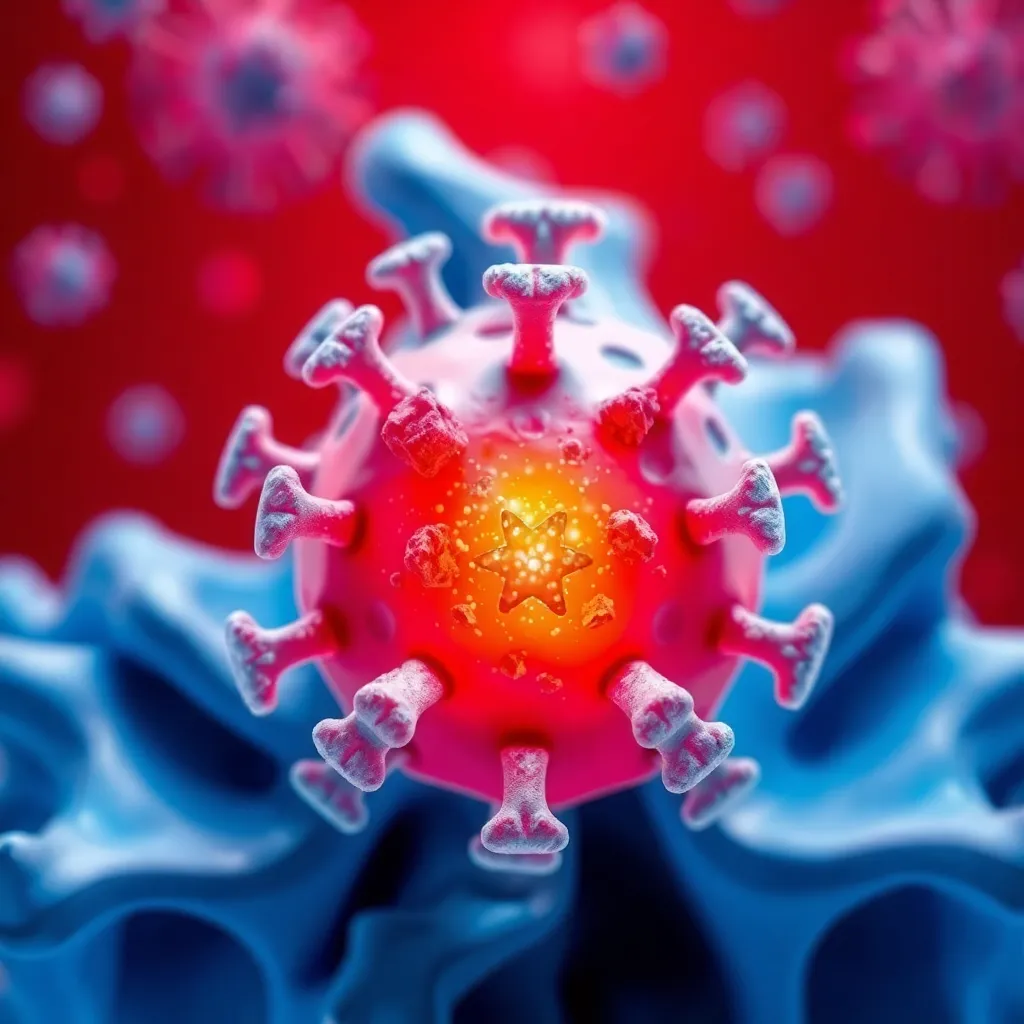
In the ongoing battle against the COVID-19 pandemic, early and accurate diagnosis remains crucial for controlling the spread of the virus. While traditional diagnostic methods like RT-PCR have limitations, medical imaging techniques like CT scans and chest X-rays have emerged as valuable tools for COVID-19 detection. Researchers have now developed an innovative approach that combines the power of convolutional neural networks (CNNs) and explainable artificial intelligence (XAI) to enhance the accuracy and interpretability of COVID-19 diagnosis from radiological images.
Bridging the Gap Between Accuracy and Interpretability
The ongoing COVID-19 pandemic has presented significant challenges, and as the world continues to battle the virus, the need for accurate and reliable diagnostic methods remains paramount. While real-time reverse transcription-polymerase chain reaction (RT-PCR) has been the standard diagnostic procedure, it has notable limitations, including reliability issues, sensitivity concerns, and a troubling rate of false-negative results. These challenges have highlighted the importance of exploring alternative diagnostic approaches, and medical imaging has emerged as a promising solution.
The Power of Medical Imaging in COVID-19 Detection
CT scans and chest X-rays (CXRs) have proven to be crucial in diagnosing COVID-19, delivering a more dependable, efficient, and precise diagnostic method, particularly useful during the initial stages of the disease. However, interpreting these imaging techniques can be challenging, especially when distinguishing COVID-19 from other types of viral pneumonia. This is where deep learning, particularly convolutional neural networks (CNNs), have played a significant role, significantly advancing the field of medical imaging and improving disease detection across various modalities.

Integrating Explainable AI for Trustworthy Diagnosis
While the accuracy of deep learning models in medical imaging is impressive, the “black-box” nature of these models raises concerns about their transparency and trustworthiness. This is particularly crucial in healthcare, where decisions are critical and clinicians need to understand and have confidence in the AI’s results for them to be effectively used in clinical practice. Explainable artificial intelligence (XAI) techniques, such as LIME, SHAP, Grad-CAM, and Grad-CAM++, have become essential in addressing these concerns by offering an understanding of how these models arrive at their decisions.

Fig. 1
Developing a Robust and Interpretable Ensemble Model
In this groundbreaking study, researchers have integrated multiple CNN models with explainable AI techniques to create an ensemble model that enhances both accuracy and interpretability in COVID-19 diagnosis. By evaluating five widely used pre-trained deep learning models – VGG16, ResNet50, DenseNet169, EfficientNetB3, and Xception – and applying various XAI methods, the researchers were able to identify the top-performing and most interpretable models.
Achieving Unprecedented Accuracy and Transparency
The ensemble model, which includes DenseNet169, ResNet50, and VGG16, has demonstrated exceptional performance. For the X-ray image dataset, the model achieved a sensitivity, specificity, accuracy, F1-score, and AUC of 99.00%, 99.00%, 99.00%, 0.99, and 0.99, respectively. For the CT image dataset, these metrics were 96.18%, 96.18%, 96.18%, 0.9618, and 0.96, respectively. By leveraging the strengths of each model and providing transparent insights into the decision-making process through XAI techniques, this approach bridges the gap between precision and interpretability in clinical settings, promising enhanced disease diagnosis and greater clinician acceptance.
Revolutionizing the Future of COVID-19 Diagnosis
This innovative research highlights the transformative potential of integrating deep learning and explainable AI in the field of medical imaging. By combining model diversity with interpretability, the researchers have developed a robust and trustworthy solution for COVID-19 diagnosis that can significantly improve the public health response to the pandemic. As the world continues to grapple with the challenges posed by COVID-19, this groundbreaking work represents a significant step forward in the quest for accurate, transparent, and clinically-relevant diagnostic tools.
Author credit: This article is based on research by Reenu Rajpoot, Mahesh Gour, Sweta Jain, Vijay Bhaskar Semwal.
For More Related Articles Click Here
